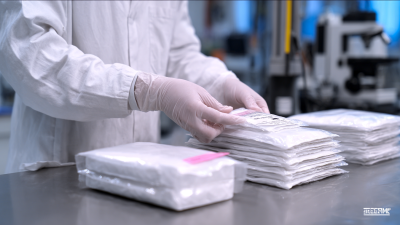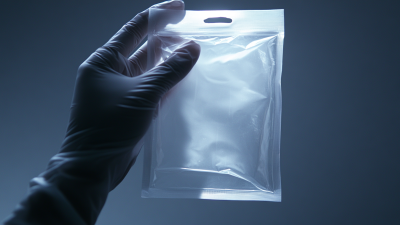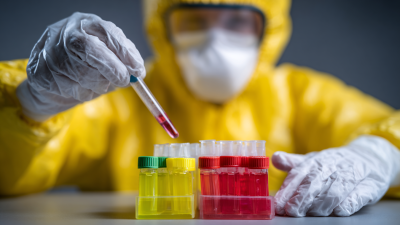 +86 178 5514 5298
+86 178 5514 5298
Leave Your Message
-
 CONTACT NUMBER
CONTACT NUMBER -
 CONTACT NUMBER
CONTACT NUMBER -
 CONTACT NUMBER
CONTACT NUMBER



In today's laboratory environments, the selection of appropriate biohazard sample bags is crucial for ensuring safety and compliance with regulatory standards. According to a recent market analysis by Research and Markets, the global biohazard waste management market is projected to reach $47.1 billion by 2025, underscoring the increasing importance of biohazard containment and disposal methods.
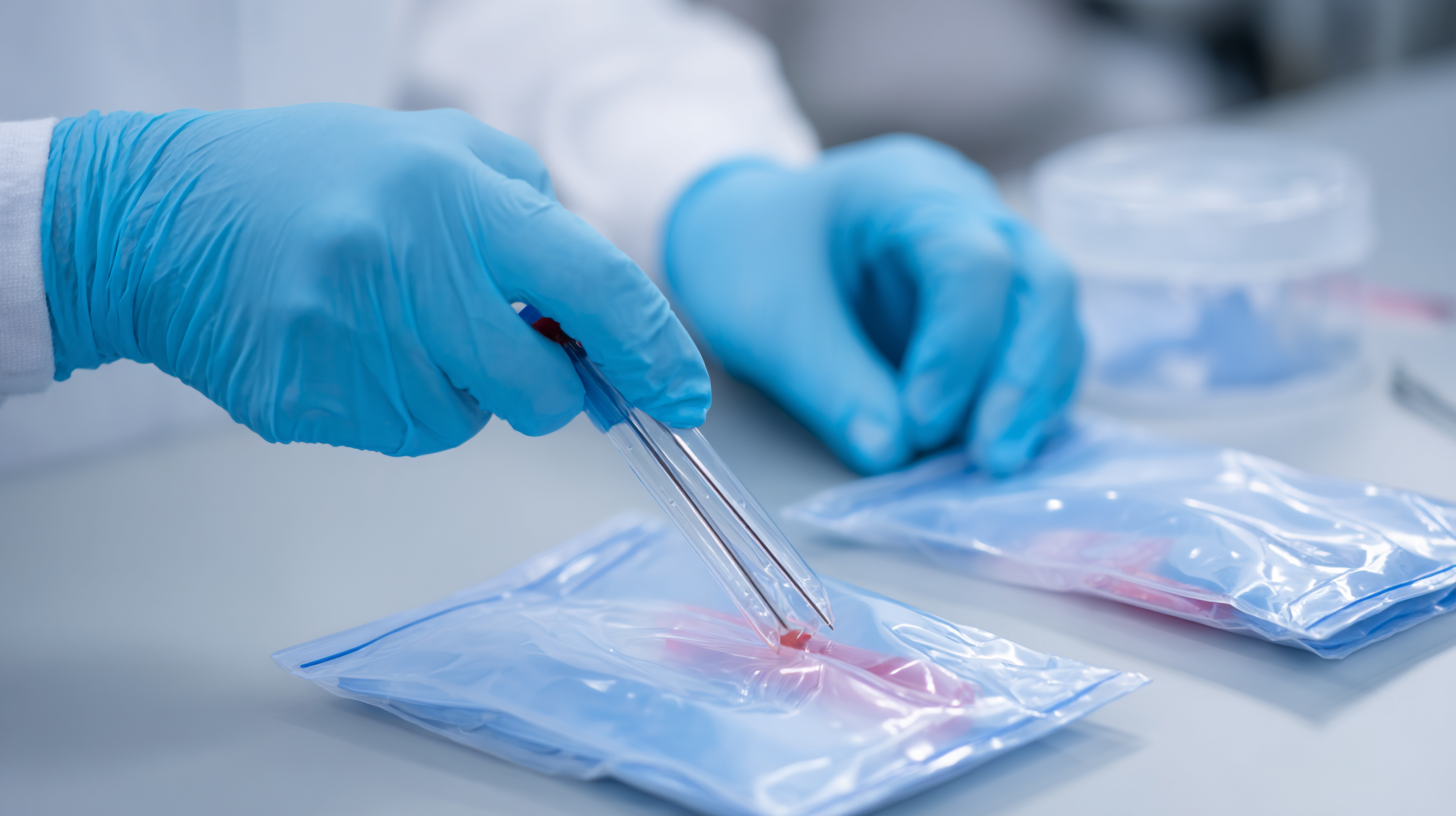
With the rise in laboratory activities and the handling of infectious substances, the demand for high-quality biohazard sample bags has never been more pressing. These specialized bags not only facilitate the secure transport and storage of hazardous materials but also play a vital role in minimizing contamination risks. As laboratories navigate the complexities of biohazard regulations and strive to maintain the highest safety standards, understanding how to choose the right biohazard sample bags becomes an essential consideration for laboratory professionals.
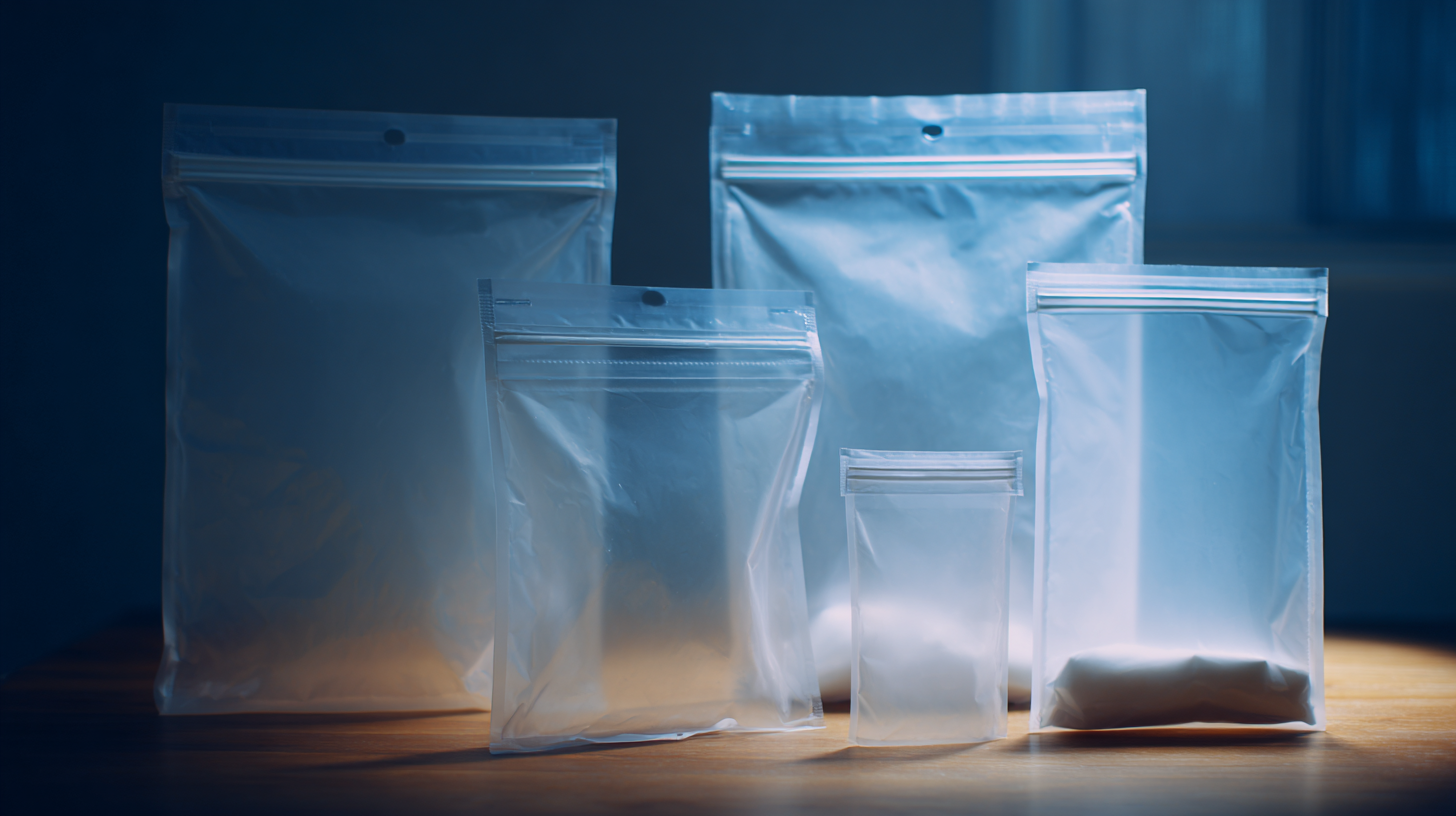 Identifying the specific biohazard risks in your laboratory environment is a crucial first step in selecting the appropriate biohazard sample bags. Laboratories often handle a variety of biological materials, including potentially infectious agents, biological samples, and chemical compounds. Understanding the level of risk associated with these materials will guide you in choosing bags that provide adequate protection and containment. For instance, if your work involves handling pathogens such as bacteria or viruses, you might require bags that meet certain regulatory standards to ensure safety and compliance.
Identifying the specific biohazard risks in your laboratory environment is a crucial first step in selecting the appropriate biohazard sample bags. Laboratories often handle a variety of biological materials, including potentially infectious agents, biological samples, and chemical compounds. Understanding the level of risk associated with these materials will guide you in choosing bags that provide adequate protection and containment. For instance, if your work involves handling pathogens such as bacteria or viruses, you might require bags that meet certain regulatory standards to ensure safety and compliance.
Moreover, different types of biohazardous materials require distinct features in sample bags. For example, sharp objects like needles or broken glass necessitate puncture-resistant bags, while liquids might need leak-proof designs. Additionally, consider the volume and type of samples you will be storing; this can determine the size and durability needed for the bags. By thoroughly assessing the nature of the materials you work with and the associated risks, you can make an informed decision, ensuring both safety and efficiency in your laboratory operations.
When selecting the right biohazard sample bags for laboratory use, it is essential to understand the various types available and their specific applications.
Biohazard sample bags come in a range of capacities, which typically include options for less than 15 gallons, between 16 and 30 gallons, and those above 30 gallons. Each size serves distinct purposes, tailored to the volume of samples being handled and the specific needs of the laboratory environment.
Moreover, the choice of biohazard bags should be aligned with the laboratory’s biosafety level (BSL). The BSL classifications, ranging from BSL-1 to BSL-4, dictate the necessary safety protocols for handling infectious agents. For example, BSL-2 labs require bags with stronger sealing and puncture-resistant materials to ensure containment of hazardous substances, whereas BSL-4 requires even more stringent safety measures.
Understanding these classifications helps laboratories select the appropriate sample bags that not only comply with safety standards but also ensure efficient waste management and protection against potential biohazard exposure.
When selecting biohazard sample bags for laboratory use, evaluating the material's durability and leak-resistance is paramount. According to recent findings in mechanical integrity testing of containment systems, materials designed to retain biological samples must undergo rigorous assessments to ensure they can withstand various stresses. Studies indicate that improper sealing techniques can lead to significant leakage, underscoring the necessity for high-quality, reliable materials that maintain sample integrity during transport and storage.
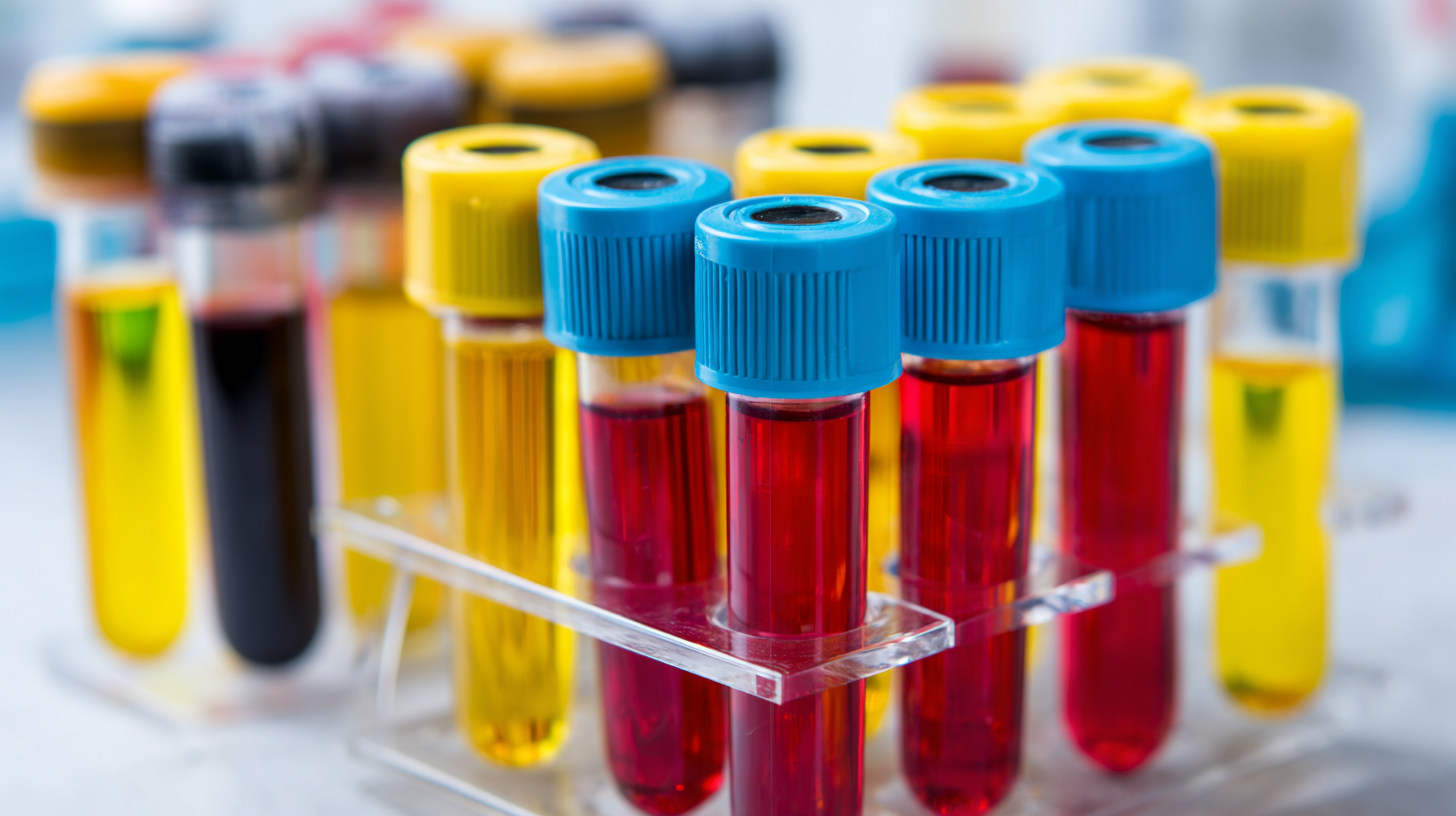
In addition, a review of heat-sealing methods and their effects on seal integrity highlights that the choice of material for biohazard bags plays a crucial role in their performance. Advanced testing has shown that specific coating techniques can enhance barrier properties, thereby reducing the risk of contamination. Laboratories should look for bags that not only meet regulatory standards but also exceed them in terms of leak-proof capabilities and structural resilience, ensuring safe handling of potentially hazardous materials at all times.
When selecting biohazard sample bags for laboratory use, it is crucial to assess regulatory compliance and safety standards applicable to your industry. Regulatory bodies, such as the Occupational Safety and Health Administration (OSHA) and the Environmental Protection Agency (EPA), have specific guidelines that dictate the materials and labeling of biohazard bags. Ensuring compliance with these regulations helps protect laboratory personnel and the environment from potential contamination and exposure to hazardous materials.
In addition to regulatory compliance, laboratories should also consider the safety standards set by organizations like the International Organization for Standardization (ISO). These standards ensure that the biohazard bags are manufactured to withstand various conditions, including temperature fluctuations and chemical exposure. High-quality biohazard bags should have features like leak-proof seals, durability, and proper labeling, which are essential for maintaining integrity when transporting or storing hazardous samples. By prioritizing both regulatory compliance and safety standards, laboratories can effectively mitigate risks associated with handling dangerous substances.
| Bag Type | Material | Volume (mL) | Regulatory Compliance | Features |
|---|---|---|---|---|
| Standard Biohazard Bag | Plastic | 500 | OSHA, DOT | Strong seal, Leak-proof |
| Reusable Biohazard Bag | Polyester | 1000 | EN 14175 | Eco-friendly, Durable |
| Specimen Transport Bag | Nylon | 250 | ISO 15189 | Antimicrobial, Zip-lock |
| Heavy-Duty Biohazard Bag | Polyethylene | 2000 | EPA, CE | Extra thick, UV resistant |
When selecting biohazard sample bags for laboratory use, size and storage features play a crucial role in ensuring optimal performance and safety. The size of the bags should correspond to the type and volume of samples you are working with. For instance, smaller bags are suitable for individual samples or small quantities, while larger bags are required for bulk or larger specimens. It's important to assess the anticipated sample size to avoid any unnecessary spillage and contamination.
Tips: Always choose bags with clear labeling and adequate strength for your specific samples. Additionally, consider bags designed with easy-seal features to prevent accidental openings.
Storage features also significantly influence the effectiveness of biohazard bags. Some bags come with UV protection or thermal stability, which can be vital when dealing with sensitive materials that require specific care. Make sure your selected bags can withstand the conditions in your storage area, whether it's refrigeration or extreme temperatures.
Tips: Look for bags that offer reinforced seams to ensure they are puncture-resistant, as this can prevent leaks during transport and storage. Always check if the bags are compatible with any sterilization methods you plan to implement before disposal.



